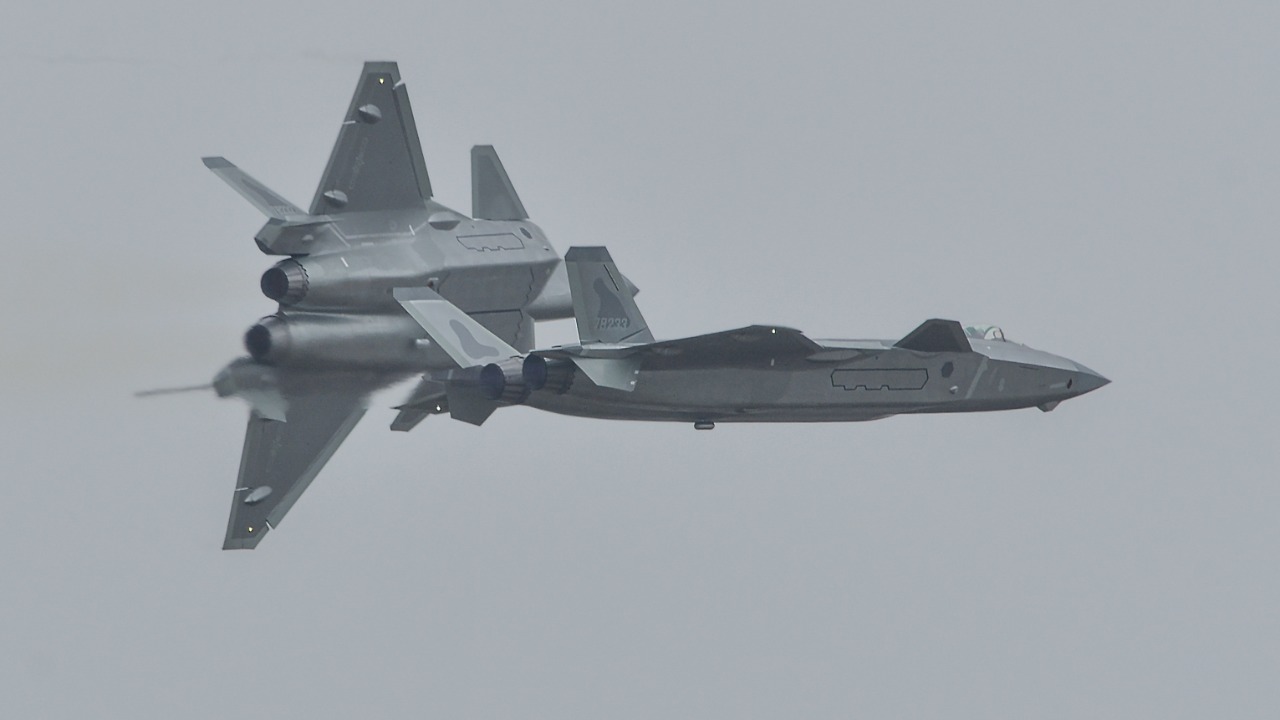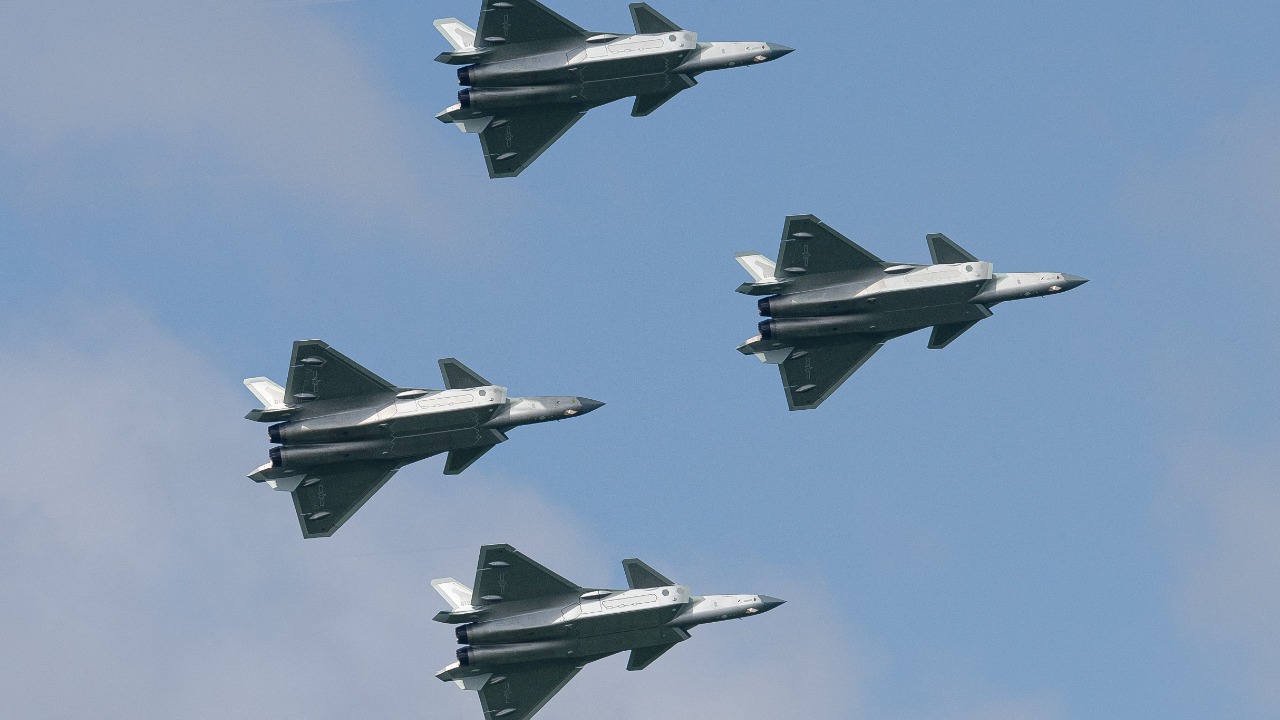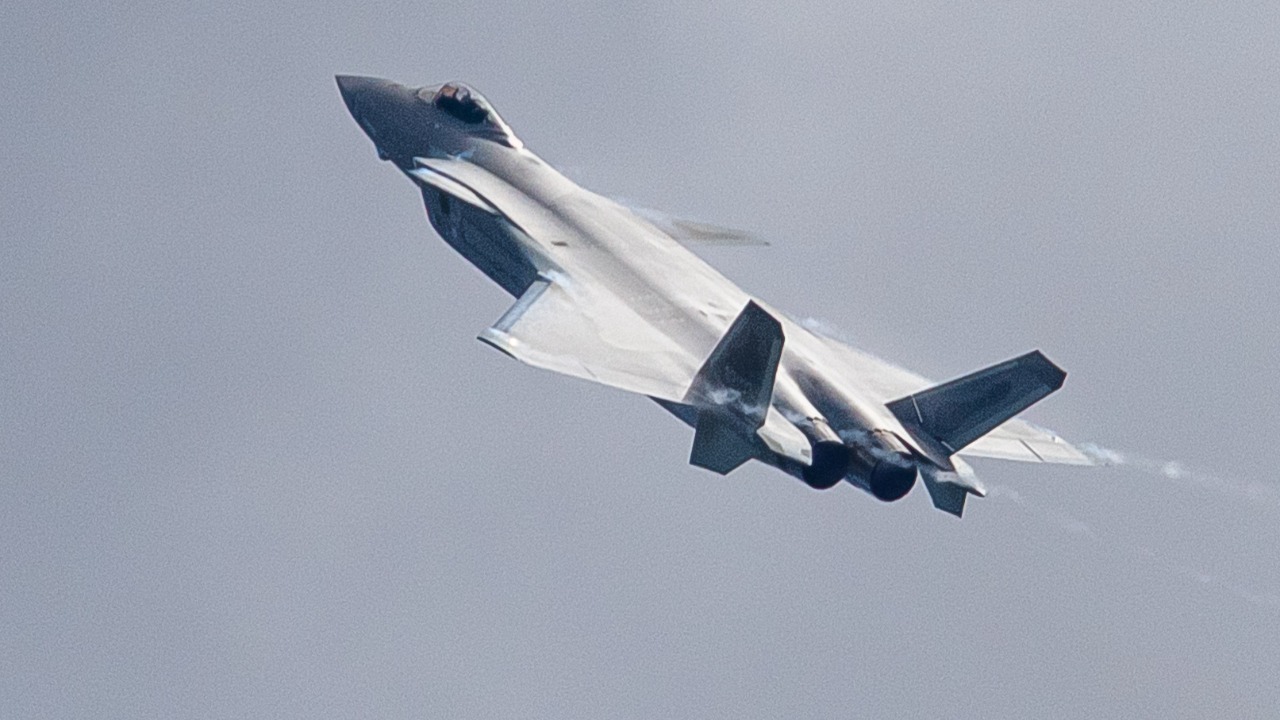
The Chengdu J-20, China’s cutting-edge stealth fighter, has captured the attention of military and aviation experts worldwide. With its development enveloped in secrecy and curiosity, there is a keen interest in understanding how the J-20 compares to its global counterparts. This article delves into its capabilities, design, and strategic importance to evaluate its true prowess.
Design and Development of the J-20

Overview of the J-20’s Development History
The development of the J-20 marks a significant milestone in China’s military aviation history. The project, overseen by the Chengdu Aerospace Corporation, began in the late 1990s and has since evolved through various design iterations. The early prototypes of the J-20 were first revealed to the public in 2011, marking China’s entry into the realm of stealth fighter technology. The design philosophy behind the J-20 integrates elements of stealth, high maneuverability, and advanced avionics, aiming to elevate China’s air combat capabilities.
Technological Innovation and Design Features
The J-20 boasts several technological innovations, particularly in its stealth technology and aerodynamic design. The aircraft features a canard-delta configuration, which enhances its agility and aerodynamic efficiency. The use of radar-absorbent materials and a low radar cross-section helps the J-20 achieve stealth capabilities comparable to its Western counterparts. Additionally, its advanced avionics and onboard systems, including sophisticated radar and electronic warfare suites, significantly enhance its operational capabilities.
Comparative Analysis with Global Competitors

Performance Metrics against the F-22 and F-35
When comparing the J-20 to its American counterparts, the F-22 and F-35, several performance metrics come into play. The J-20 is designed for high-speed engagement and long-range missions, offering a competitive edge in terms of speed and range. However, questions remain regarding its engine performance and maneuverability, which may not yet match the thrust vectoring capabilities of the F-22. Stealth capabilities are also a point of comparison, with the J-20 incorporating design elements to minimize its radar signature.
Strategic Advantages and Limitations
The J-20’s strategic advantages include its extended range and payload capacity, which enable it to perform diverse missions, from air superiority to ground attack. However, its limitations, particularly in terms of engine reliability and stealth, are areas of ongoing development. The export potential of the J-20 remains limited, largely due to geopolitical considerations and China’s focus on bolstering its own defense capabilities.
Operational Capabilities and Deployment

Role in the Chinese Military Strategy
The integration of the J-20 into the People’s Liberation Army Air Force (PLAAF) signifies a strategic shift towards enhancing China’s air defense and power projection capabilities. The J-20 plays a crucial role in achieving air superiority and deterring regional threats, aligning with China’s broader defense strategy. Its deployment is a testament to China’s commitment to modernizing its military forces and asserting its influence in the Asia-Pacific region.
Deployment and Training Regimes
The current deployment status of the J-20 reflects its increasing role in China’s military operations. Training programs for J-20 pilots focus on honing skills required for advanced aerial combat and maximizing the aircraft’s capabilities. As the J-20 continues to be integrated into operational service, pilot readiness and training regimes are expected to evolve, ensuring the effective utilization of this advanced fighter jet.
Technological Challenges and Criticisms

Engine Development and Performance Issues
One of the primary challenges faced by the J-20 is the development of a reliable indigenous engine. The Chinese-made WS-10 engine has been criticized for not matching the performance of its Western counterparts. These engine reliability issues impact the overall performance and operational readiness of the J-20, prompting China to explore alternatives and improvements.
Criticisms from Military Analysts
Military analysts have raised concerns regarding the J-20’s radar cross-section and stealth effectiveness. While the J-20 incorporates stealth features, some experts argue that it may not achieve the same level of invisibility as the F-22 or F-35. Additionally, potential vulnerabilities in its design and the need for further improvement have been highlighted, underscoring the importance of continuous development.
Future Prospects and Developments

Innovations on the Horizon
The future of the J-20 is marked by anticipated upgrades and new iterations, including a potential two-seat variant. These innovations aim to enhance the aircraft’s capabilities, focusing on improvements in stealth, avionics, and overall performance. As China continues to develop the J-20, it remains poised to introduce advanced features that could redefine its role in aerial warfare.
Implications for Global Air Superiority Dynamics
The ongoing development of the J-20 has significant implications for global air superiority dynamics. As China enhances its stealth fighter fleet, it could potentially alter the regional balance of power and challenge the dominance of Western aircraft. The international reaction to these developments will be closely watched, as nations assess the strategic impact of China’s growing air capabilities and its influence on global military strategy.